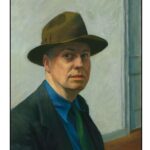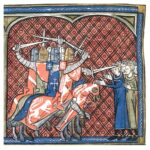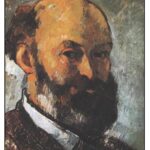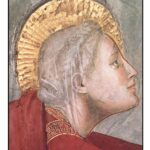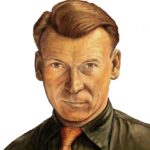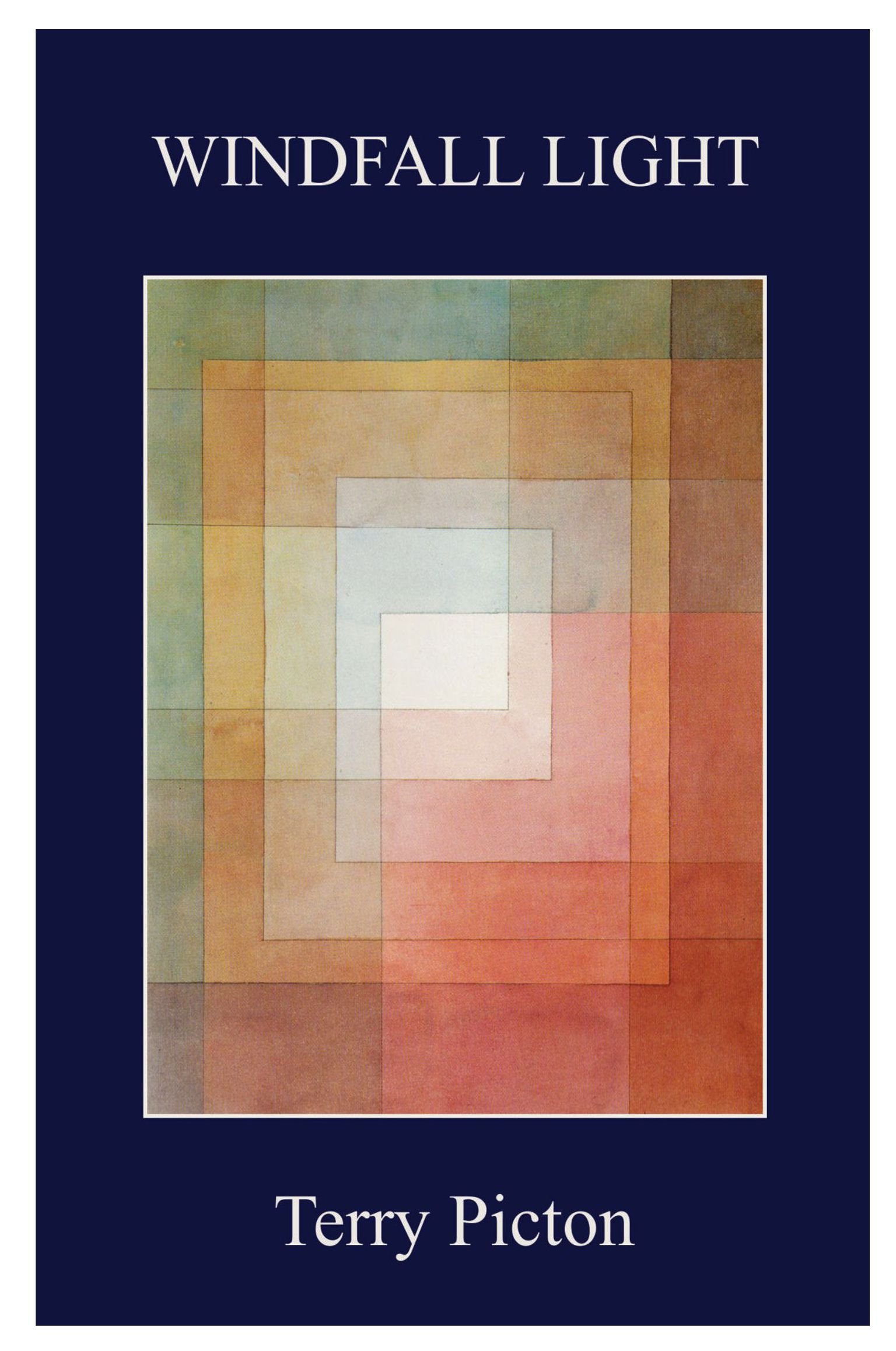In the 19th-Century religious belief came under scientific scrutiny. In 1877, William Kingdon Clifford, an English mathematician and philosopher, proposed that
it is wrong always, everywhere and for any one, to believe anything upon insufficient evidence.
Without good supporting evidence, one should refrain from believing: it is wrong to take anything on faith. This proposal was disputed by the American philosopher and psychologist William James in an 1896 lecture entitled The Will to Believe. James argued that under certain conditions we must form beliefs and act on them, even though the evidence is insufficient. The main requirements were that the believer must choose between two “genuine” possibilities, and that the choice must be sufficiently “momentous” that not choosing would entail significant risk. The latter condition hearkens back to the “wager” of Blaise Pascal, wherein a person decides what to believe based on the consequences of these beliefs rather than the evidence for them.



